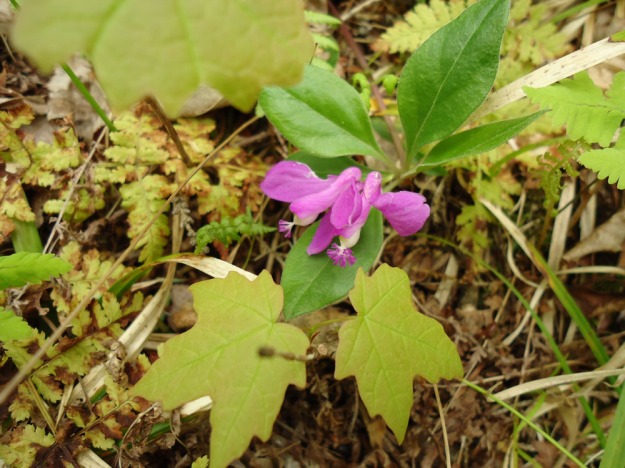Pyramids. Several ancient cultures built them and ever since we’ve been wondering why and how. The conspiracy theories abound, most primarily focusing on space aliens. But today’s post isn’t about physical pyramids and I don’t have any educational space alien conspiracy theories to share. What today’s post is really about is pyramids of educational theory. The pyramid shape is symbolic; it indicates that you must first have a firm grasp of the lower levels in order to achieve the higher levels. In other words, a person would move up the pyramid level by level. A few examples of theories we organize into pyramids are Maslow’s Hierarchy of Needs, Bloom’s Taxonomy, and the tenets of Environmental Education. Today I’ll be focusing on Bloom’s and the tenets of EE in parallel.
Our educational theory has been evolving for years and years. The levels of Bloom’s Taxonomy are levels of intellectual complexity. In 2001, Bloom’s traditional taxonomy got a slight make-over. The names of the levels were changed to verbs and the top two levels were transposed. When all was said and done the levels were as follows (starting at the bottom and working our way up): Remember, Understand, Apply, Analyze, Evaluate, and Create. By moving a student up each of the levels, a teacher can try to ensure that the student is processing the information more deeply in order to increase retention. All ages are able to move up these levels of Bloom’s Taxonomy within the context of what they are learning. For example, let’s take the topic of deforestation up Bloom’s Taxonomy at a high school cognitive level. Remember: students can state the different negative impacts of deforestation. Understand: students can explain why deforestation causes these negative impacts. Apply: students can tie local or regional ecological issues to deforestation. Analyze: students can contrast the ecological state of similar areas, one of which has experienced deforestation and one of which has not. Evaluate: students can appraise the reasons for which the deforestation occurred. Create: students can postulate what an area may look like ecologically if deforestation continues or if deforestation is reversed.
Environmental Education has a similar pyramid. The tenets of EE are the outline of how EE strives to teach students. The levels of the tenets of EE are as follows (starting at the bottom and working our way up): Awareness, Knowledge, Attitude, Skills, and Participation. Much like Bloom’s, each of these levels represents a complexity; however unlike Bloom’s, students move up these levels at certain ages. Awareness and Knowledge are the first steps a student takes, learning the basics of an EE topic. Next they form their own attitudes and values about this topic. In the final steps they learn the skills necessary to participate in that topic. Awareness and knowledge take place at the lower grade school levels. Attitude development begins in the upper grades and middle school levels. Skills and participation don’t happen until middle school and high school level.
These educational pyramids are helpful for us; you could even say that they are ‘foundational’ to our work as educators. They provide a framework for teachers to follow as they plan lessons, units, and whole curricula.

